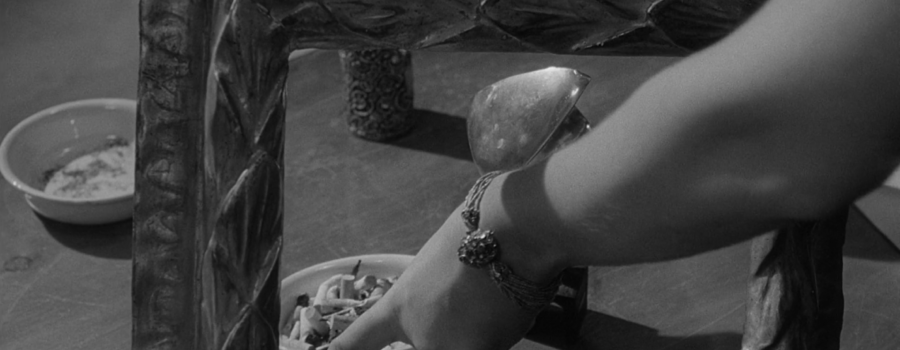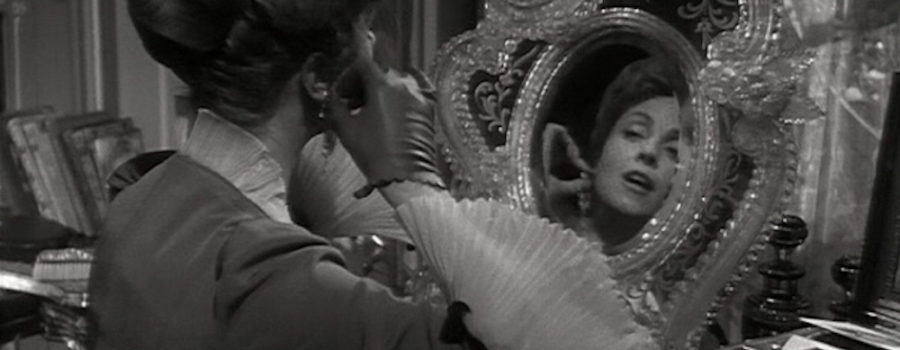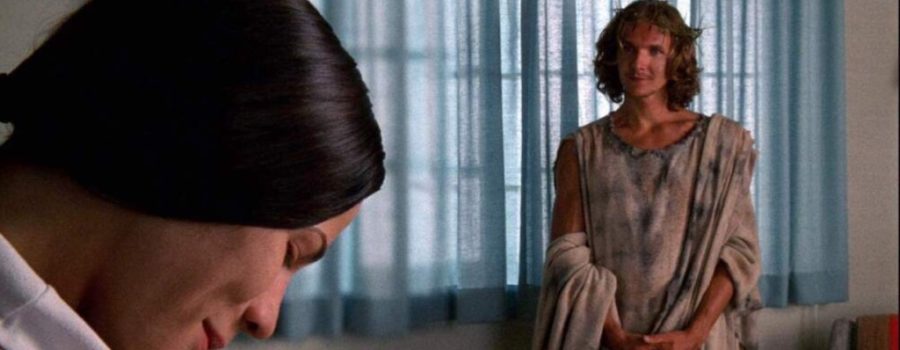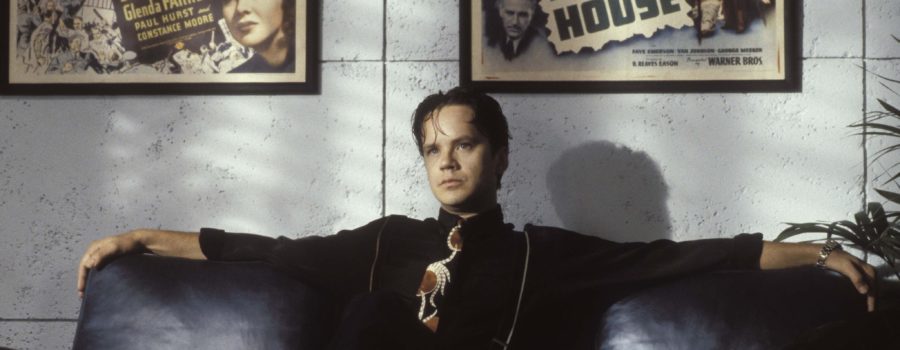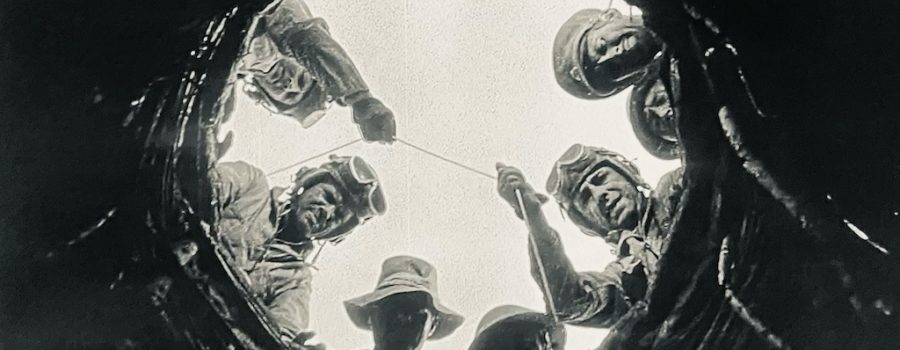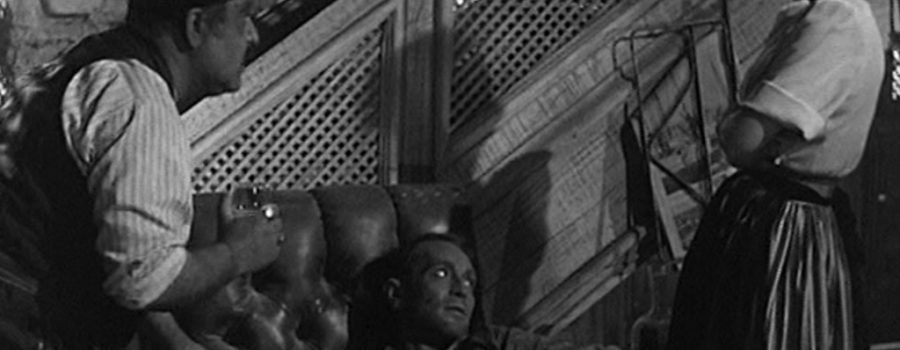“I Didn’t Cry When You Disappeared”: Remember My Name (1978)
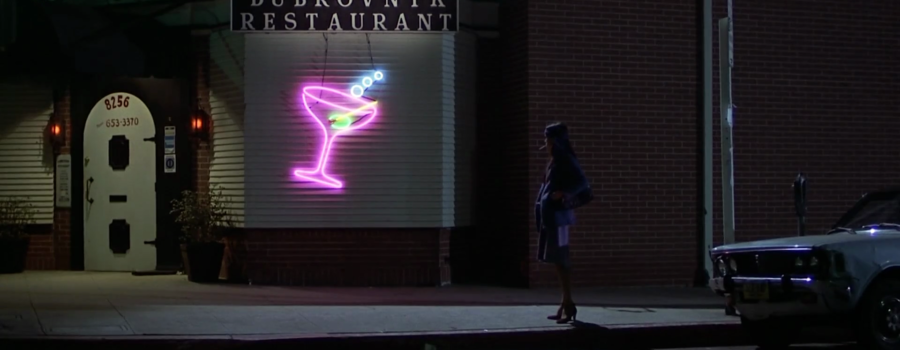
|Steven Rybin| When a film is lost, it typically means no known print survives. Writer-director Alan Rudolph will sometimes refer to Remember My Name (1978), which he considers his best film, as lost. According to Rudolph, only one known 35mm print still exists. Continue reading

